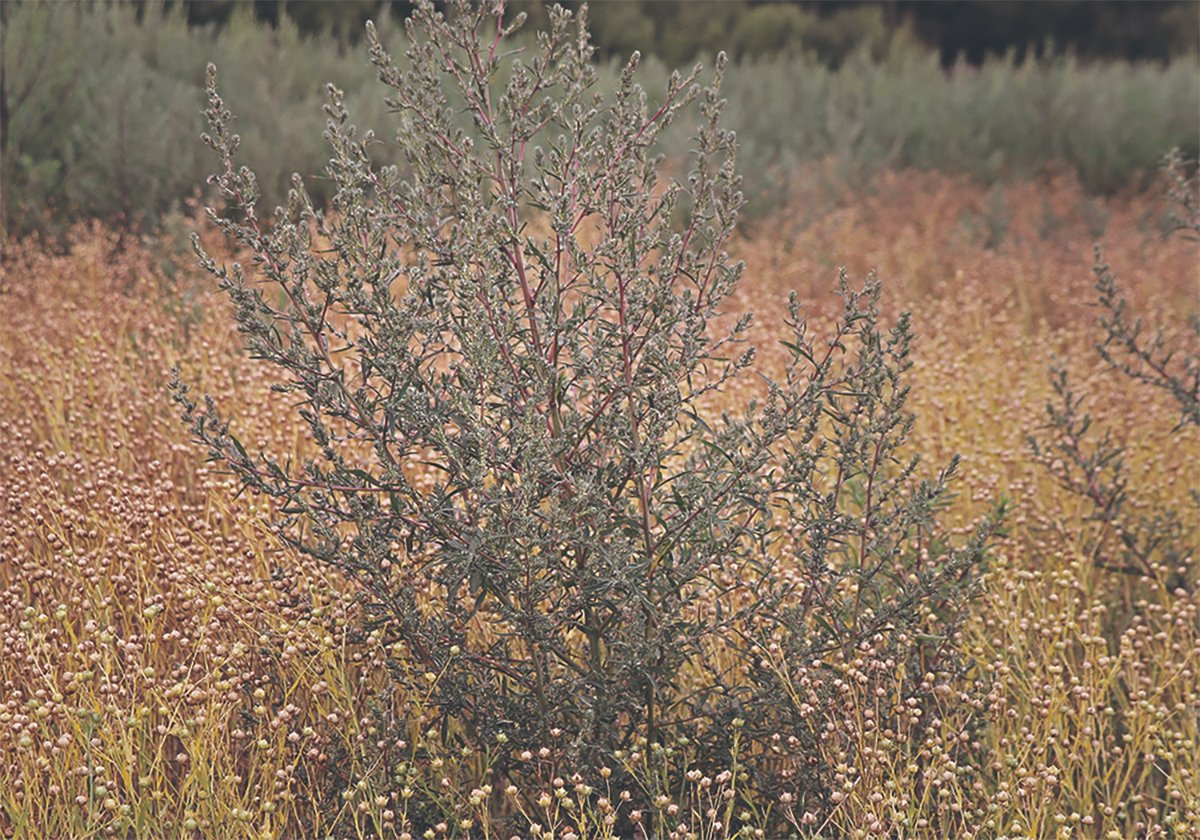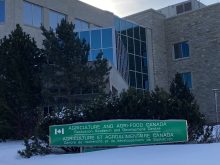THE location and details differ slightly in each telling, but the basic
story is this: A cattle producer, forced by drought and feed shortage
to sell his cattle, takes them to the auction market.
Due to low prices and/or condition of the cattle, they don’t sell and
he has to bring them home again. Depressed and desperate, the man
shoots each of his cattle and turns the gun on himself.
In a month or so of telling, no confirmation of exact person or place
Read Also

Kochia has become a significant problem for Prairie farmers
As you travel through southern Saskatchewan and Alberta, particularly in areas challenged by dry growing conditions, the magnitude of the kochia problem is easy to see.
has emerged, which leads us to conclude the story is a “rural legend.”
Yet as true accounts of drought damage emerge, it’s clear the fictional
story continues to spread because it is a sign and a warning about what
drought can do to people and to the agricultural industry.
Drought is a stealthy opponent. It creeps up, week by week and month by
month, while we’re watching for rain clouds and hoping the weather will
change. Its unpredictability keeps us from launching and maintaining an
adequate defence.
Alberta’s announcement last week of $324 million in farm income
assistance is a generous response to the effects of drought. As welcome
as the actual dollars is acknowledgement that the problem is extensive
and severe.
We wonder why that same acknowledgement hasn’t been forthcoming from
Saskatchewan, even if the government doesn’t have the same fiscal
resources to apply.
In recent years the Saskatchewan government has encouraged growth of
the province’s cattle herd. Producers responded, investing heavily in
animals and facilities. That investment is now endangered by feed and
water shortages and forced herd reduction.
Ultimately, it would be less costly to preserve the investment through
this difficult time than to start at square one after a massive herd
sell off.
Grain farmers whose crops have been harmed or eliminated by drought
also need help.
But beyond the immediate crisis of drought is the lesson that we need
to do more to mitigate the damage when nature turns ugly.
History tells us the Prairies tend to be dry. Weather watchers and
environmentalists tell us the trend may intensify. This drought tells
us its past time to pull out all the stops in building defences against
future drought.
Dugouts, wells, pipelines and infrastructure to deliver water and
prevent waste are part of it. Making full use of existing reservoirs
and resources – and that includes maximizing their irrigation potential
– is another part.
Add to the list permanent cover programs, erosion prevention and more
research into drought resistant crops. And yes, it must include
provincial and federal programs that provide assistance when needed and
that acknowledge the terrible toll drought can take on Canadian farmers.
This drought will not defeat us.
We need to plan so the next one won’t, either.
















